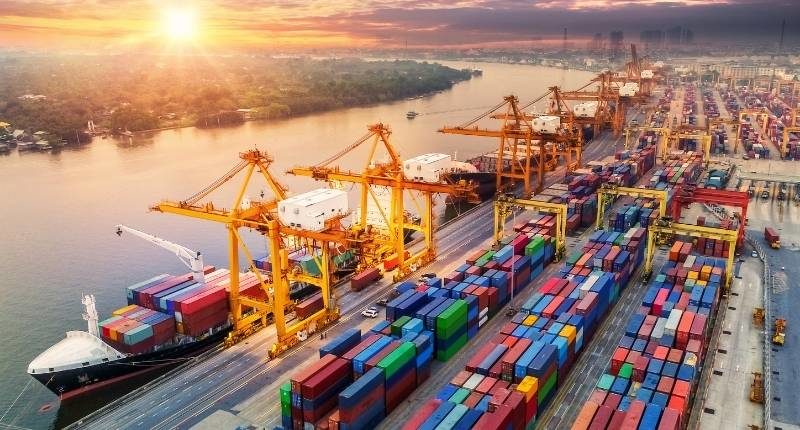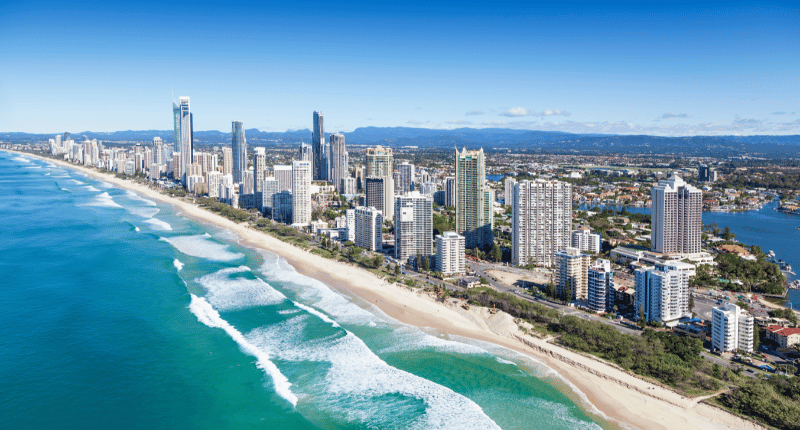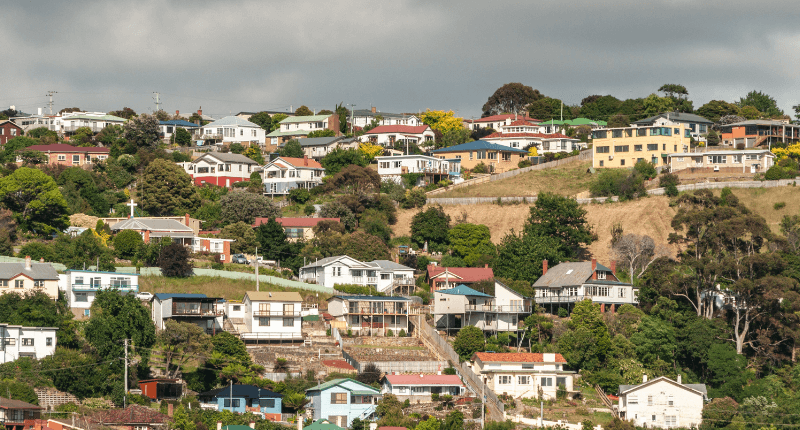- Automotive imports were the prime mover for imports, up $705 million or 24%
- Cars mainly included hybrids and electric vehicles
- Suburban drive for offices could see interesting trends in the future
The Australian Bureau of Statistics recently released preliminary data on Australia’s import and export figures.
Read more on exports here.
The road rules, as cars drive imports
The import market primarily saw cars come into Australia, imports more broadly seeing $577 million in growth or 2%.
The ABS said the growth primarily came from the “increase in road vehicles of $705 million (24%).”
Pleasingly for the greener minded, Head of International Statistics at the ABS, Andrew Tomadini said:
“Electric vehicle imports grew $104 million to the largest value on record, while hybrid vehicle imports grew $95 million.”
Andrew Tomadini, Head of International Statistics at the ABS
Fuel prices have also been on the rise as we all are far too familiar with, the official numbers say prices are 25% higher than the increase in the consumer price index.
There was a massive drop in fuel prices when lockdowns hit, but the unwelcome and expected rise in fuel prices has meant the portion of a “basket” of goods purchased is now seeing fuel back in the spotlight.

Commentary: Suburban moves
Over the pasts few months, The Property Tribune has been reporting on the rise of regional (or at least suburbs).
Vicinity Centres saw big losses for the half-year, but regional and suburban centres saw the smallest drops in revenue and value. On the flipside, player in the large format retail sector Aventus Group, a company with retail properties across the suburbs and regional centres, saw massive returns on their investments throughout the pandemic.
The Property Tribune also reported on the trends in corporate offices across the country.
Though there is renewed confidence in CBD offices across the country, there is a growing trend to move into the suburbs.
While still too early to make the call on whether its a trend that will stick, in February, New South Wales suburban offices saw the lowest vacancy rates compared to offices up and down Pitt Street, Martin Place or the harbour.
Victoria’s state government also showed where its confidence lay, spending $20 million on suburban offices.
The trends in suburban moves will not have had a big impact on car sales, more so other pandemic concerns around public transport and fears of close contact, but that still makes an interesting case for what will happen when offices decentralise, and if they do so en masse, meaning transport hubs at “Central Station” could start to look different.








